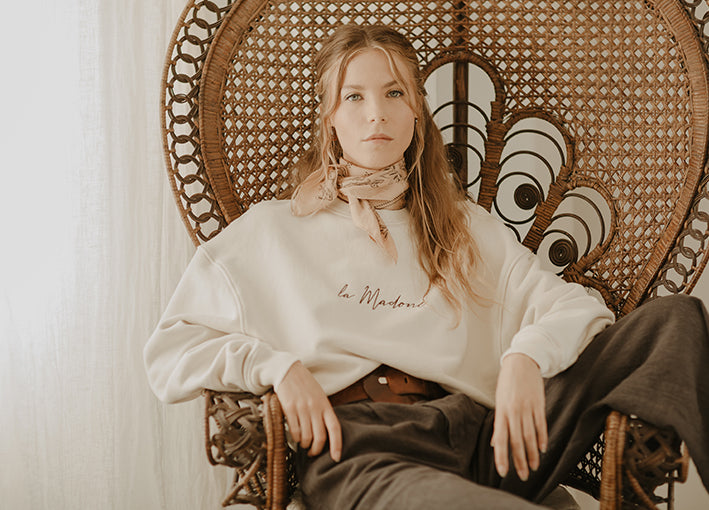What's wrong with cotton?


Today I share with you information that is important for La Treille.
 You are aware that some of the pieces of La Treille are made of organic cotton. After consulting my cotton supplier... This is the bad news... I already had echoes of some shortage of cotton but at this point... 30% increase, this news hits me but la Treille does not say its last word.
You are aware that some of the pieces of La Treille are made of organic cotton. After consulting my cotton supplier... This is the bad news... I already had echoes of some shortage of cotton but at this point... 30% increase, this news hits me but la Treille does not say its last word.
The goal is not to make you feel guilty or to overwhelm you, but to share this information with you, which is the reflection of overconsumption, of a fast-fashion that uses ever more of our natural resources.
Slow fashion, as opposed to fast-fashion, is a way of consuming clothes with respect for natural resources and human beings. This is why you see the appearance of pre-orders.
Cotton fiber is native to arid tropical and subtropical regions. It is during flowering that we find large white flowers with five petals (as in the photo). Cotton fiber is grown in more than 120 countries, which represents 2.5% of the world's cultivated agricultural area.
From a textile point of view, it represents 38% of the textile market (use of synthetic fibers mainly) and more than 25 million tonnes per year.
The increase in demand, the difficulty of supply due to the pandemic, the drop in production due to weather phenomena are causing prices to soar.
 the Cotton from La Treille sunny house is an untreated cotton. That is to say that it is not treated with chemicals including bleach. The presence of irregularity proves the natural origin while providing an authentic, unique and vintage touch.
the Cotton from La Treille sunny house is an untreated cotton. That is to say that it is not treated with chemicals including bleach. The presence of irregularity proves the natural origin while providing an authentic, unique and vintage touch.
The standards of our workshops take into account respect for human beings. The origin of raw materials is extremely important both ethically and environmentally. I source from Portugal and Italy for their geographical proximity as well as their respect for the environment and their employees.
Natural cotton represents my desire to develop an eco-responsible fashion based on natural materials, transparency, solidarity projects and price justification.
Find more information on the production of La Treille: HERE




Comments